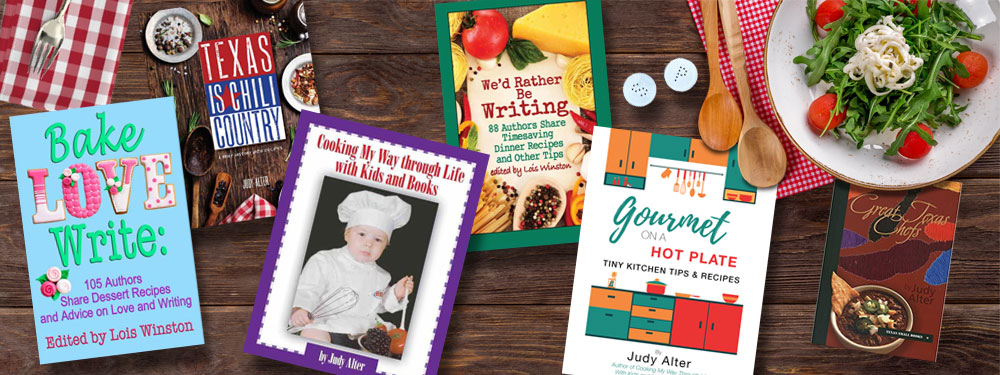The cabbage on the
bottom was okay but didn’t add much distinctive flavor. The cabbage on the top
burned—I don’t know if that was my toaster oven or if my timing was off or what
went wrong.
The meatloaf in
the middle was good though, and I eventually scraped all the cabbage off and
used the meat for sandwiches. It was the most basic meatloaf recipe ever: one
half pound each ground beef and pork, ½ c. milk, ½ c. rice, and a medium onion
(measurements are approximate because, not thinking ahead, I didn’t keep the
recipe and couldn’t find the exact same one online). You can find several
versions of kalpudding online if you want to try it despite my negative
experience. Rice is not something I keep on hand, so I substituted panko, the
Japanese bread crumbs made without bread crusts.
The point about
the meatloaf is that the ground pork gives it a different, denser texture than
my usual all-beef meatloaf. My mom used to mix pork and beef, and I liked
it—this reminded me of Mom’s dinners. Or maybe the bread crumbs did that.
My advice
summarized: forget the cabbage and
substitute a bit of pork for some of the beef in your next meatloaf. Rice or
bread crumbs? Which you usually use and like. Just keep it in proportion. One
of my sons never liked my meatloaf because he claimed I got too much filler and
not enough meat. I don’t suppose it occurred to him that I was watching the
budget and stretching the meat.
My warning:
without meaning to I bought panko seasoned with herbs and garlic. It worked
fine in the meatloaf, but a few days later I made salmon croquettes and, being
lazy, again used the panko. My mom told me once never to use anything but
ground saltines with croquettes, and Mom always knows best. With the panko, I
ended up with salmon hash. Tasted fine but was not pretty to look at. Read
labels carefully.
Essentially the
same thing happened to me with butter. I prefer Kerrygold, the Irish full-fat
butter that gives everything a better flavor and is generally GMO-free. So
recently, I unwrapped a new stick of butter and to my horror, it had
mold—little green flecks all through it.
Closer inspection revealed that it was not mold but seasoned
butter—herbs and garlic again. Great for garlic bread, not so much for my
cookie dough. Again, the moral: read labels carefully. I prefer to do my own
seasoning, thank you very much. (And I keep butter in the freezer, so it won’t
go rancid if I don’t use promptly—keep one stick in the fridge to be soft
enough for quick use. I also avoid whipped butter—don’t need that air beaten
into it, nor the extra moisture which throws many recipes off). And we won't even talk about margarine, which is a chemical product no part of which has ever been near acow.
So with my
negativity about kalpudding and pre-seasoned products, here’s a positive: the
best vinaigrette I’ve ever made. I stole the recipe from a novel—The Last Chance Olive Ranch, by Susan
Wittig Albert. It’s called Sofia’s salad dressing:
Whip together ½ c
fresh lemon juice, ½ c olive oil, 1 Tbsp salt (yes, that’s right!), and three
garlic cloves minced. No, it doesn’t taste salty. I don’t know chemistry of
what the salt does for the mixture, but it is delicious. Do not substitute for
the fresh lemon juice.
Be sure to put
croutons in the salad—soaked in this dressing, they are beyond delicious. Even here, though, there's a warning--leftover dressing gets too salty. Maybe cut the recipe in half.




